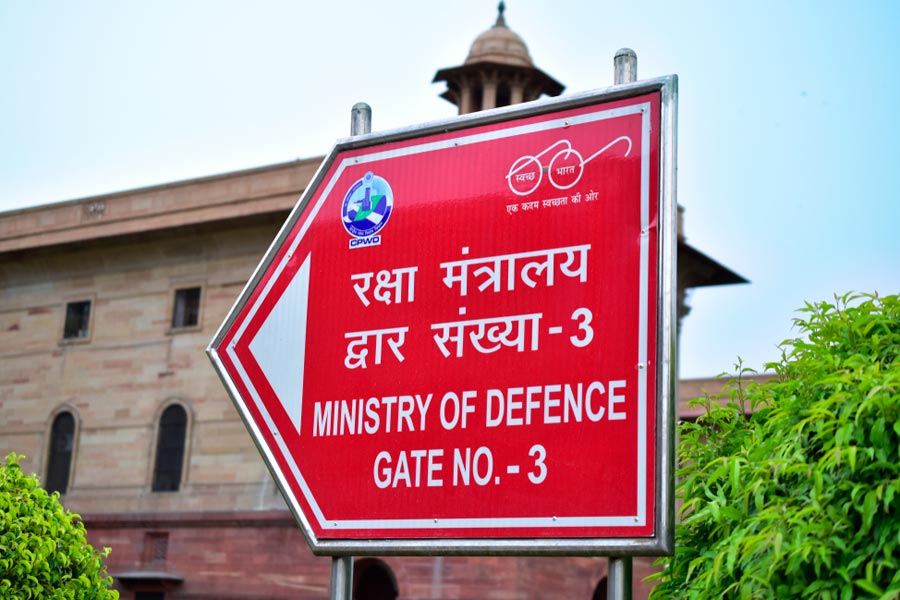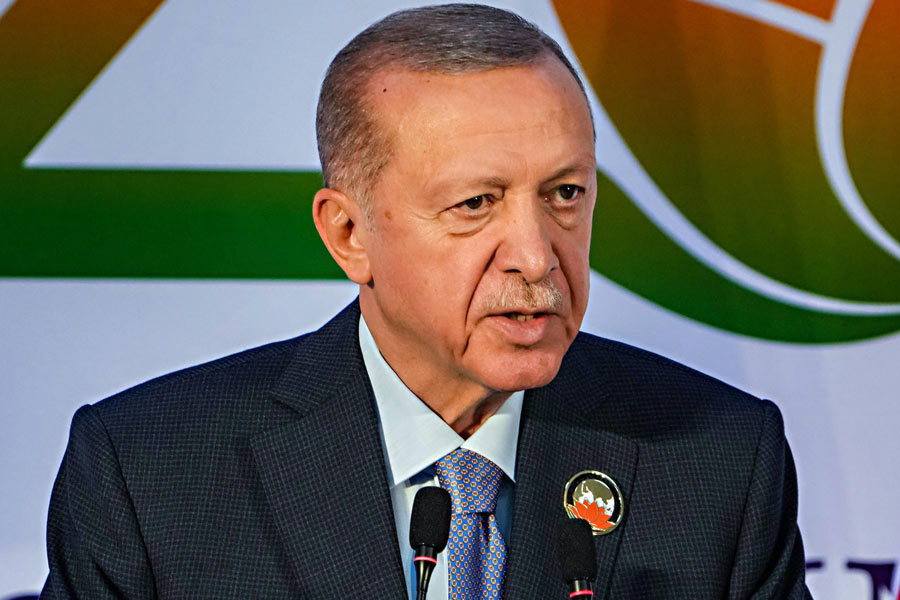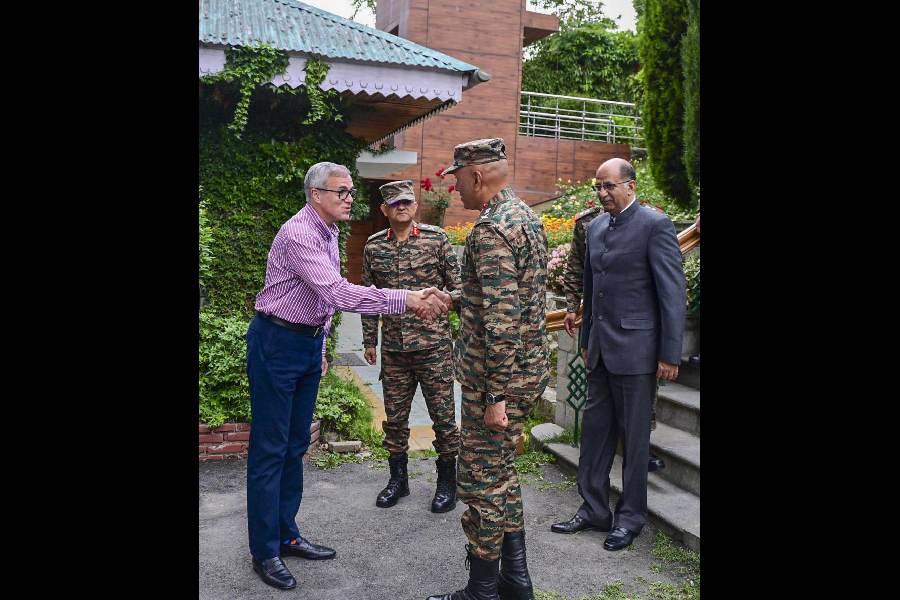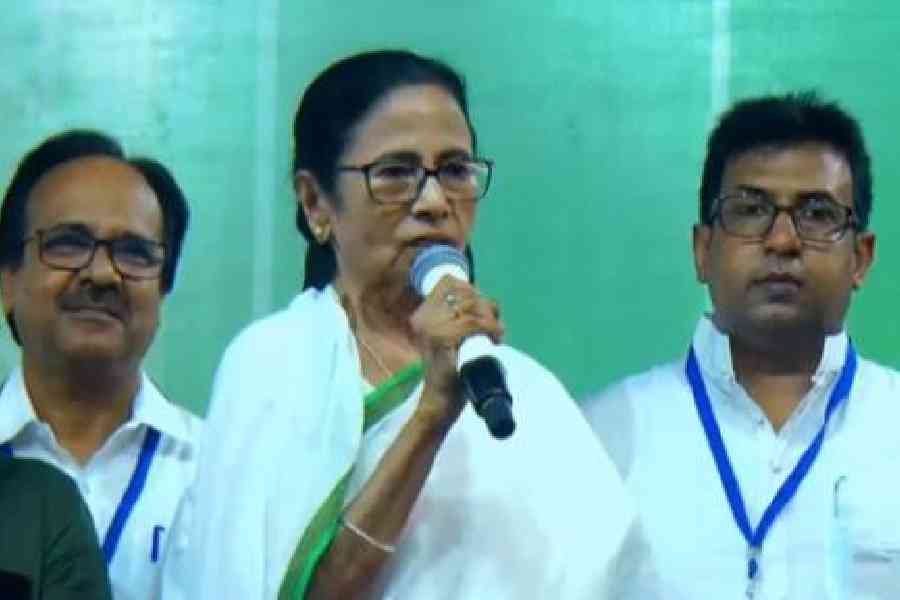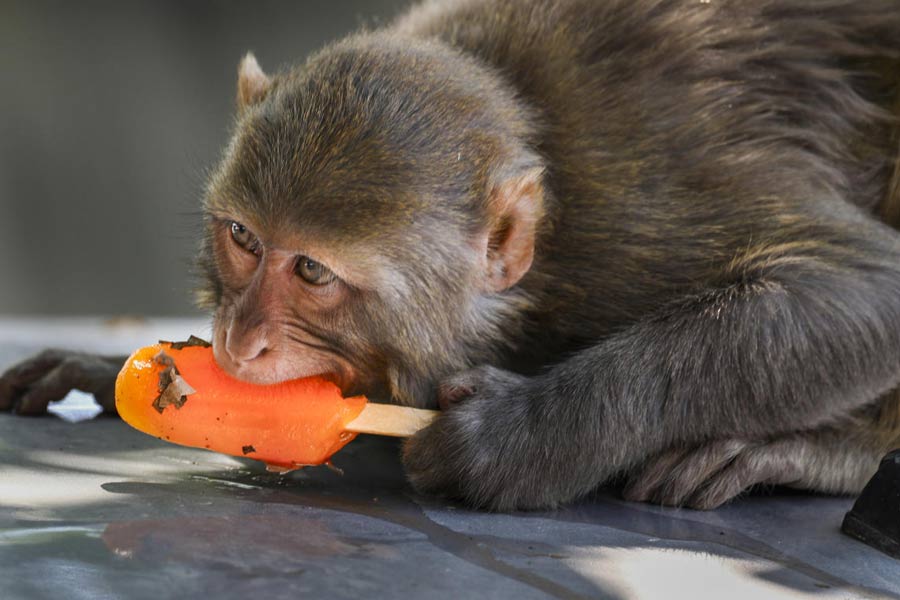 |
| A Kalaripayuttu performance |
A quick browse on the Internet will give you a list of places that you need to cover if you want to call your visit to Kerala complete. But for me, vacation means a time to laze around and not scoot about the length and breadth of a place which leaves me extremely tired.
So our plan was not to explore vast expanses of the state but to curate our experiences to some specific locations which would give us a flavour of God’s own country.
 |
| A see-saw ride on an elephant back at Thekkady |
Our nine-day trip started from Calcutta in winter.
Since cold makes me cringe, our starting point was Thiruvananthapuram, a nice, warm place, much like the welcome extended by Colonel (retd) Roy Kuncheria whose Varicatt Heritage must rank among the finest home stays in India.
 |
| Sunset at Kanyakumari |
The ancestral villa, built across 5,000 square feet, is located in the heart of the city. The 150-year-old structure was built by Ms Blanket, a lady who fell in love with a certain Mr Brown, a tea planter based in Munnar. Legend goes that she couldn’t muster the courage to tell the gentleman about her feelings but settled a couple of hundred kilometres south of hilly Munnar in Thiruvananthapuram and built a house for herself in the Indo-Saracenic style.
 |
| Tea gardens at Munnar |
The tea-planter came to know about this through some of his friends and came to meet her. The house still bears testimony to their love.
Kovalam beach is a mere 20-minute drive and with a six-year-old pestering for a feel of the sea, we made a quick visit. A trip to Thiruvananthapuram, however, won’t be complete without a visit to the Lord Padmanabhaswamy temple. The majestic architecture with nine entrances derives its name from its main deity Padmanabha or Vishnu in a reclining position. The idol is made of Katusarkarayogam and contains within it 12,008 saligramas (idols) collected from the bed of the Gandaki river in Nepal. The temple dates back to the 11th century. Over the years, more gopurams (temple entrance) have been added to it. In the 18th century, Travancore ruler Marthanda Varma added the 30m tall gopuram.
 |
| The backwaters near Cochin |
Next was Padmanabhapuram Palace. Unlike most palaces in northern India, the Padmanabhapuram palace has an unimpressive exterior. It was built around 1601 by Iravi Varma Kulasekhara Perumal who ruled between 1592 and 1609. Its interiors have an antique look and are replete with intricate rosewood carvings and sculptured decor. What struck us were the 17th and 18th century murals. I was awed by the colourful mica on the windows, royal chairs with Chinese carvings, painted ceilings, rosewood and teak carved ceilings with 90 different floral designs. The rulers knew how to live!
 |
| The royal furniture at the palace |
We had visited the palace en route to Kanyakumari, where the calm, serene sea and a cool breeze presented a fresh breather. Watching the sunset and a quick visit to the Kanyakumari temple before returning completed our day’s itinerary.
The next day, we proceeded to Munnar, Kerala’s famed hill station and a must-visit. We spent almost the entire day travelling, covering 300km in seven hours. The place still retains its serenity and innocence. Where else in Kerala would you find large expanses of tea gardens, forests and wildlife?
Munnar isn’t a place where you schedule a daily sight-seeing trip. Relax, let the chirping birds settle your nerves as you wrap your fingers around a cup of hot coffee to ward off the chilly wind and watch the sun go down over the hilly terrain.
The next morning, we toured a wonderful spice garden, a hands-on botany class taken by a local guide….(I have always admired how they know and remember such intricate details about a place and the Latin names of trees).
 |
| The serene Mattupetty lake |
Later in the day, a visit to the Mattupetty dam was in order — 13km from Munnar and at a height of 1,700m. Besides the lush green tea plantations and the grasslands, the water made the place a habitat for many birds. The District Tourism Promotion Council (DTPC), Idukki, provides boating facilities on the dam. Speed launch, slow speedboats and motorboats are available on hire. A thrilling boat ride later, where the parents were scared stiff much to the enjoyment of the little one, we felt like stocking up on home-made chocolates.
Munnar is the place for home-made chocolates. Also spicy tea and coffee, not the instant variety.
Thekkady, our next destination, is known for Periyar National Park. A boat cruise through the forest gave us a glimpse of the barking deer, bison, the Nilgiri tahr and a few elephants. The tiger and leopard, the most sought-after animals, were nowhere to be seen but our guide promised us a glimpse of the animals if we came back late in the evening or early morning.
And how can one forget Kalaripayattu?
Beat that, kung fu! Kalaripayattu is an Indian martial art from Kerala. One of the oldest fighting systems in existence, it includes strikes, kicks, grappling, preset forms, weaponry and healing methods. The performance in a badly-lit arena was goose-bump inducing.
On a day’s sightseeing in Cochin, we took in gloriously faded Catholic churches and the famous Chinese fishing nets.
But fish tastes better on the plate, so we tried the awesome Karimeen or Pearl Spot. Just order a Karimeen fry when hungry and Nirvana is at hand!
In sight, sound, smell, taste and wonder, Kerala, truly, is God’s own country
 |
| The Padmanabhpuram palace. Pictures by the author |


